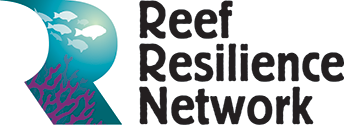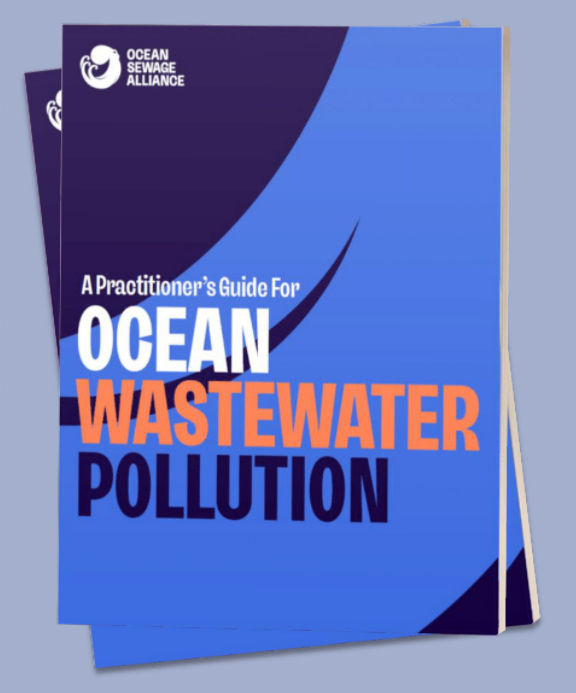Wastewater Pollution Introduction
Wastewater pollution is a growing threat to people and marine life and makes up the largest percentage of coastal pollution worldwide. ref Globally, an estimated 80 percent of wastewater—which includes human sewage—is discharged into the environment without treatment, releasing an array of harmful contaminants into the ocean and causing direct harm to people and coral reefs. ref Over 40% of the world’s population (3.46 billion people) lack access to safely managed sanitation services. ref Research shows that wastewater pollution often occurs in proximity to coral reefs due to nonexistent or inadequate wastewater management and that finding solutions can be complex and require a multi-sector partnership approach. ref
Terminology: Sewage vs Wastewater
Sewage and wastewater are terms that are often used interchangeably, but there are important differences between the two. Sewage (i.e., human waste transported through sewers) is a major component of wastewater, which is a collective term for the used water of a community or industry. Wastewater contains dissolved and suspended matter from a variety of domestic, commercial, or industrial sources including chemicals, soaps, heavy metals, nutrients, and effluent from sewered and non-sewered systems (like septic treatment tanks).
We recognize that marine managers and practitioners are likely more familiar with the term sewage when considering the major impacts to coral reefs, however, we will be using the term wastewater throughout the toolkit since it accurately describes various sources of pollution impacting coral reefs. Using consistent terminology helps facilitate effective communication and partnerships with other sectors, like the sanitation sector.
Wastewater and the Ocean
Wastewater pollution from a number of sources, including industrial, agricultural, and municipal sources flows into the ocean through surface runoff, direct and treated discharge, and groundwater infiltration.
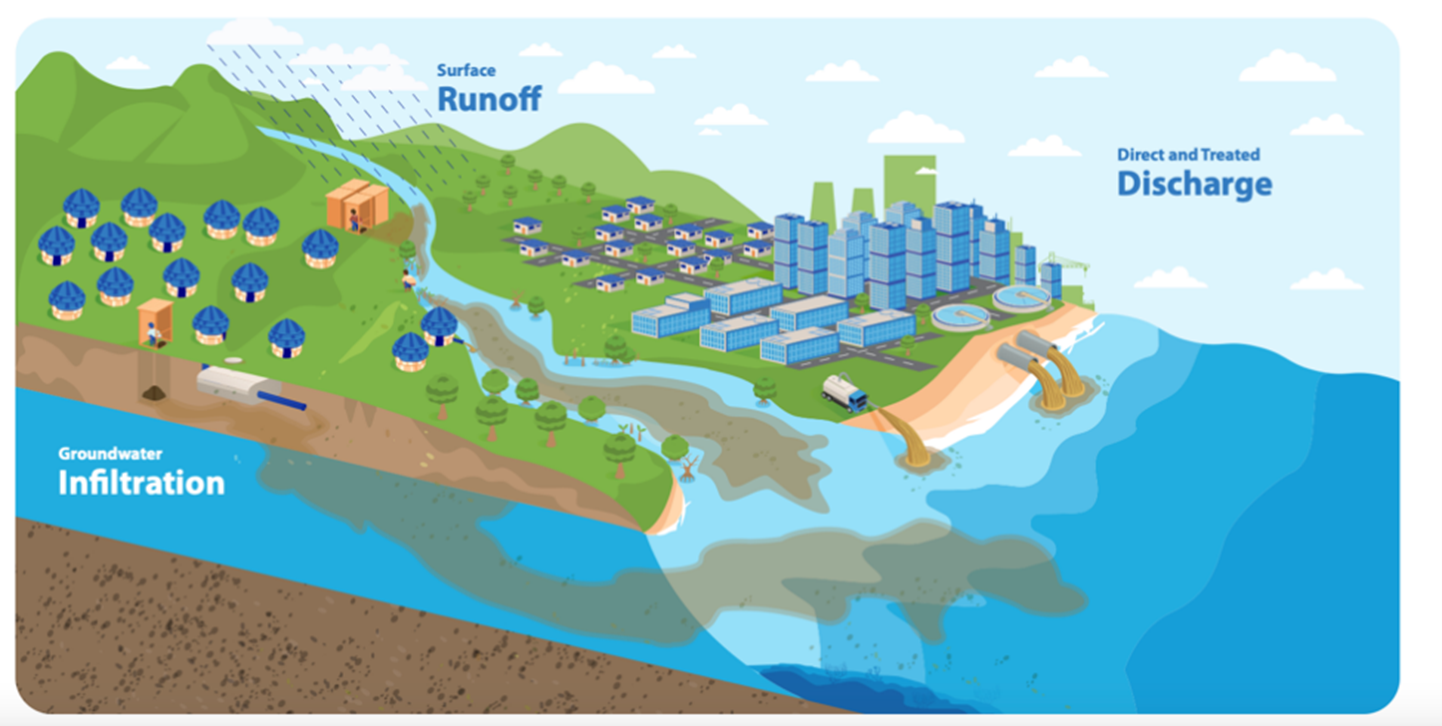
Wastewater enters the ocean through surface runoff, direct and treated discharge, and groundwater infiltration. Source: Wenger et al. 2023
When wastewater enters the ocean and mixes with seawater, pollutants are dispersed. Geography, population size, type of infrastructure, and climate change all influence the severity of wastewater pollution impacts, which include:
- Physical and biological damage to coral reefs, seagrasses, and salt marshes due to increased nutrients, pathogens, plastics, and pharmaceuticals. ref
- Loss of coastal ecosystem services, like erosion control, storm buffering, and nursery grounds for juvenile fish. ref
- Harmful algal blooms that kill marine life, close beaches, and cause human disease. ref
- Human and animal diseases resulting from pathogens, heavy metals, and toxic chemicals. ref
- Contaminated fisheries, increased fish and shellfish mortality, and reduced species diversity. ref
Wastewater and Coral Reefs
Few places around the world have managed to avoid discharging untreated wastewater into surface waters. It’s likely no surprise that the presence of wastewater pollution correlates with the presence of people, so we see higher wastewater pollution rates along populated coastlines and surrounding inhabited islands. Reef areas with high or very high levels of wastewater pollution are in the Western Indo-Pacific (11.9% of all reefs), Tropical Atlantic (6.4% of all reefs), and Central-Indo Pacific (3.9% of all reefs). ref
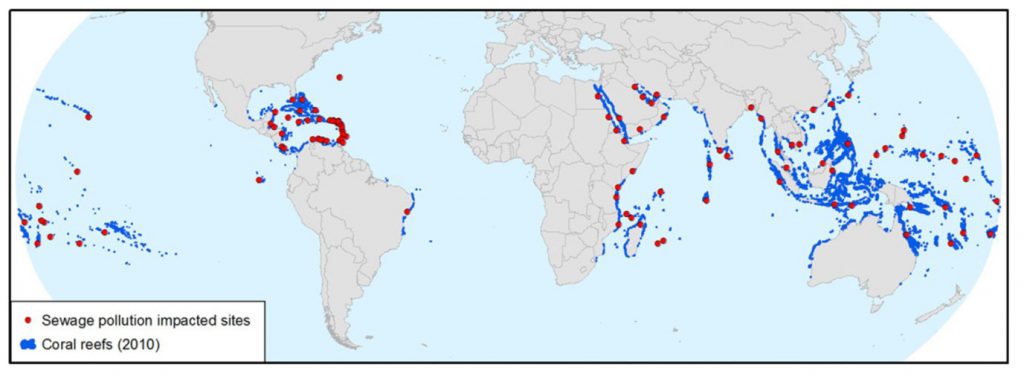
Documented coastal wastewater pollution in 104 of 112 areas with coral reefs. Source: Wear and Vega Thurber 2015
While major coastal cities in low-income countries are a significant source of wastewater pollution, high-income nations are not exempt. The United States alone annually discharges more than 1.2 trillion gallons of effluent (including untreated raw sewage, stormwater runoff, and industrial waste) into waterways every year. ref
Wastewater and Sanitation
Although progress is being made, much of the global population still does not have access to adequate sanitation to protect public health or the environment. Approximately 3.46 billion people lack access to safely managed sanitation services. ref Explore the graphic below to see what percentage of the population by region has access to varying degrees of sanitation services.
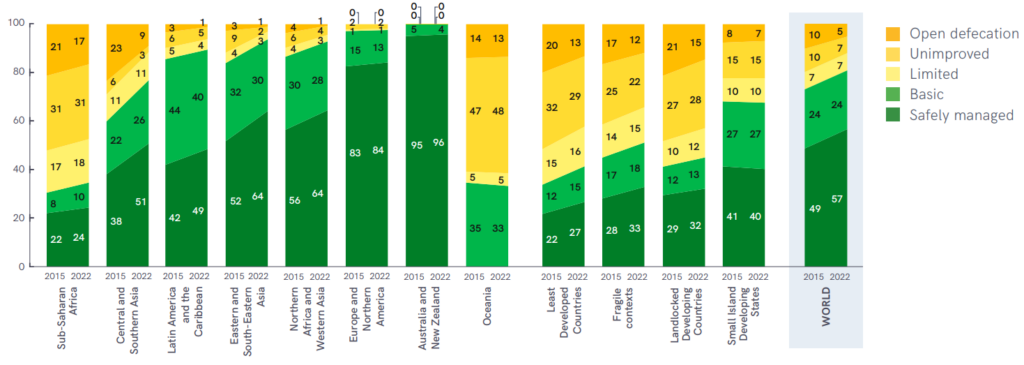
Global and regional sanitation coverage 2015-2022. Source: United Nations Children’s Fund and the World Health Organization 2023
In an effort to increase access to sanitation services and protect public health and the environment the Water, Sanitation, and Hygiene (WASH) sector provides equitable access to safe, reliable drinking water and sanitation services. The WASH sector includes global agencies (e.g., World Health Organization and United Nations Children's Emergency Fund), government agencies (e.g., Centers for Disease Control and Prevention and United States Agency for International Development), and nonprofit organizations (e.g., the WHO international Reference Center on Community Water Supply and Sustainable Sanitation Alliance).
While the issue of wastewater pollution can seem daunting, the global effort to address this challenge has resulted in a steady increase in the number of people with access to safe sanitation over the past five years. This progress can be attributed to increased recognition of the importance of sanitation, cross sector-collaboration, technological advances in improved sanitation systems, and more organizations helping communities access these sanitation systems.
As awareness, research, and funding continue to grow and the WASH sector’s efforts expand, marine managers can help shape these efforts to benefit both people and reefs. A few ways that managers can engage with the WASH and other sectors are by:
- Jointly pursuing funding opportunities,
- Collaborating to develop solution-oriented technologies,
- Co-developing and/or advocating for wastewater pollution policies, and
- Engaging a full range of stakeholders within watershed boundaries and providing platforms for transparent, participatory planning and decision-making.
See the Collaboration section of this toolkit to learn more.
Resources
Ocean Sewage Alliance - A Practitioner's Guide for Ocean Wastewater Pollution
A Guide for Integrated Conservation and Sanitation Programs and Approaches
Sewage In Our Seas: Unmonitored and Unregulated
State of the World's Sanitation
Ocean Sewage Series: Addressing the Threat of Ocean Sewage Pollution
